A fly on the wall
Okay, so summer’s over and you’re sick of the sight and sound of flies buzzing around, following your every move, landing on your food, crawling around your eyes; getting in your hair. And here’s some bloke expecting you to read about them. Huh, some chance.
But did you know there are about a million different species of these pesky little blighters? A million! Think about it …
Just imagine trying to draw a million different designs of anything. You’d go bonkers after how many? A hundred? A thousand? Ten thousand?
Australia, famous among other things for its flies, has about 20,000 species, and thankfully whenever we have a barbecue only a few species turn up. Mind you, those few species are always well represented and this habit of swarming together often has another reason besides wanting to make sure they get their fair share of your steak.
One reason male flies swarm, it’s thought, is to put on a mass display to attract the females and when you consider male flies have an extremely short life of only a few days and live really only to mate and produce young I guess we shouldn’t begrudge them their fun (even at our expense). But actually, cane flies, hoverflies, horseflies and even blowies are quite fun to observe.
Okay, so I’m a little strange but I like watching flies and their behaviour. Their antics when mating for a start are quite unique in the natural world and the male employs tricks which enable him to hang on in all weather conditions and get the job done at great speed. This, of course, ensures that flies are never in short supply.
Flies have the incredible ability to completely change course mid-flight in a millisecond and are one of only two insect species with just the one pair of wings. Although originally possessing two pairs back in the old days, their second pair slowly developed into a couple of drumstick type appendages called halteres which rotate at speed, greatly aiding their incredible aerodynamic skills.
In fact, this ability to change direction so quickly had the experts thinking for centuries that their air speed was more than 800 mph. It was only when scientists saw the 20th century looming that they thought they’d better do the job properly and discovered the true speed was, in fact, only a mere 25 mph – a few red faces there.
But another feature of their behaviour might surprise you. When you see a blowie wandering across your Sunday roast, it’s not so much the journey the little blighter is enjoying, he’s actually using special sense organs it his feet to smell the meat. It does rather tend to give the term “smelly feet” new meaning.
As well as their mobile head, compound eyes, suction pad feet and special eating/drinking tube, a final feature I discovered one day while watching a rather large specimen in my garden actually ended up as something of a personal tragedy. I actually caught this creature blowing bubbles. I was amazed and searched for the tiny bubble gum wrappers, but none were to be found.
Anyway, to make a long story short, I took a leaf out of my old Uncle Ebenezer’s book. He’d wandered Europe with a travelling flea circus and from all reports had made squillions. I thought, if he could do it, so could I.
Hauling out my old butterfly net, I snared this creative critter. I kept him in a nice comfortable cardboard box with holes carefully drilled in the lid and fed him on some of the finest steak money could buy. I also supplied him with the highest quality bubble gum and gave him time to perfect his skill.
I then had fliers printed and took out ads in magazines and prestigious newspapers like this one. I hired the North Melbourne Town Hall and had special macro binoculars imported from Germany at great cost for each audience member. You can imagine my profound disappointment when my fly failed to perform.
It was only many years later I learned it wasn’t bubbles he’d been blowing, but like cows chewing their cud, flies do something similar. As they work at digesting their food, they constantly regurgitate it (not unlike my grandkids actually, messy little blighters) until it’s finally fully digested and ready to be squirted out the other end onto whatever surface is available.
And so yes, flies might be fun to watch, but they do spread disease, not so much from the company they keep, but the places they frequent. Unlike mosquitoes though, which are now greatly controlled throughout the world, flies, it seems will always be there on the wall watching us. Swat anyway, I reckon.

The Movement Refinery: 20 years and still going strong


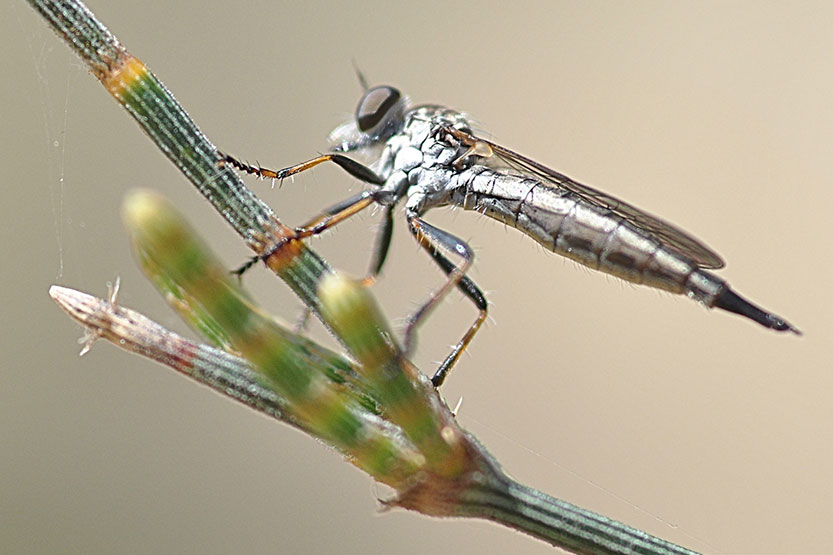
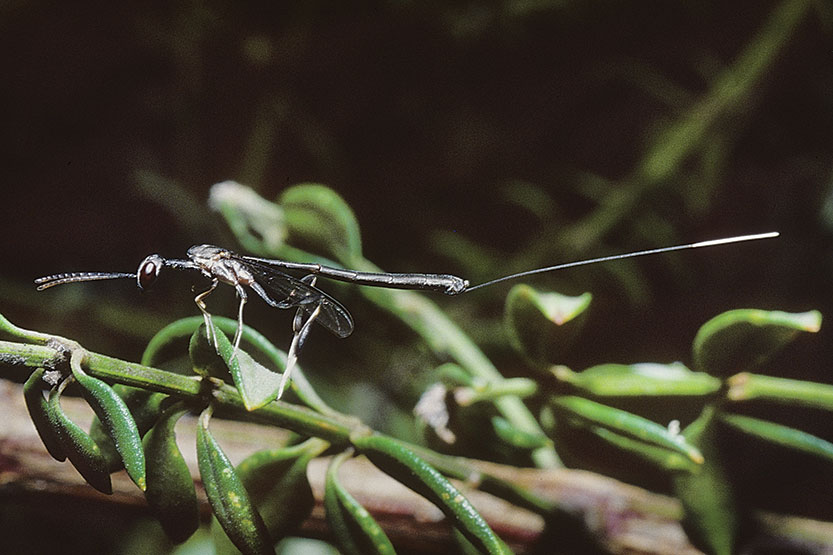
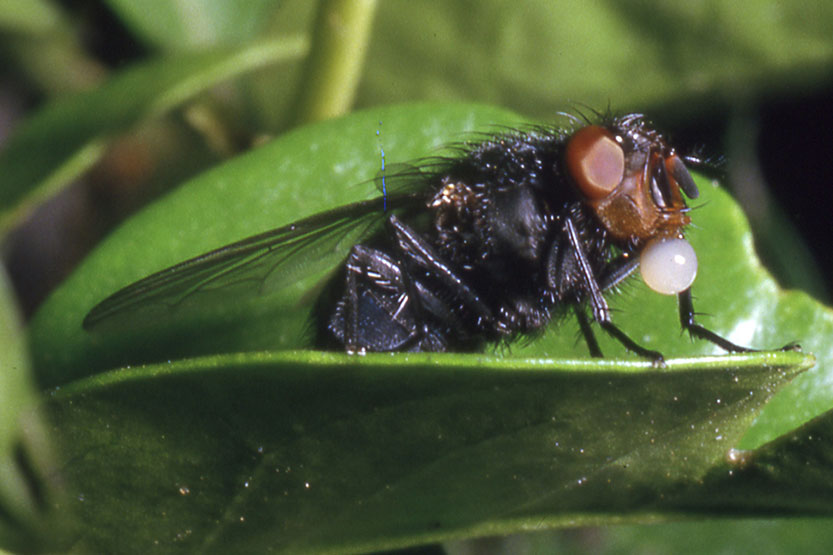
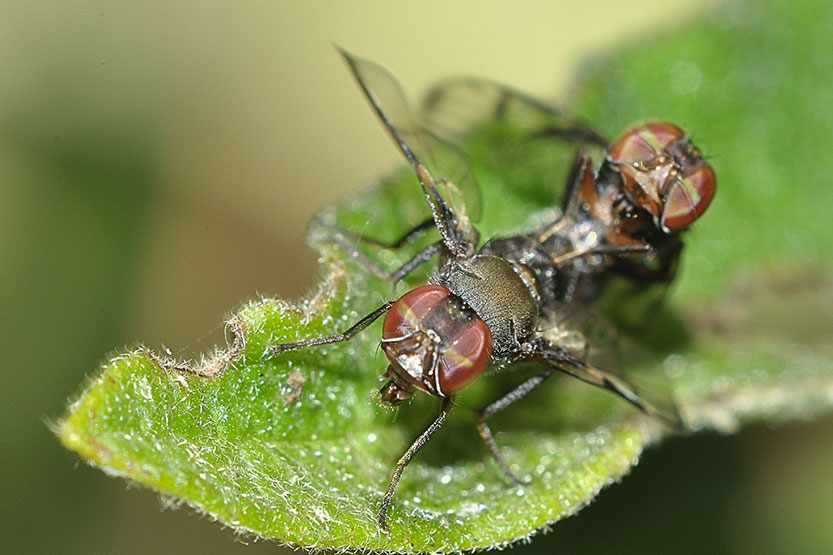
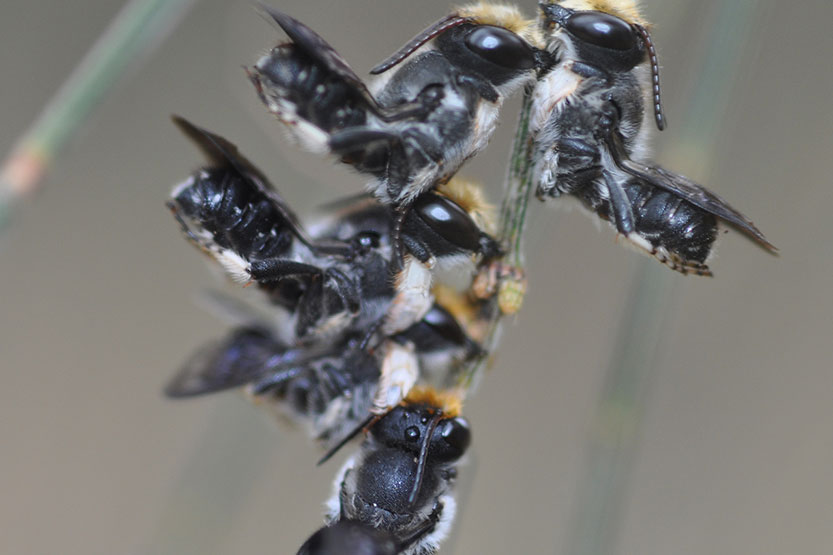
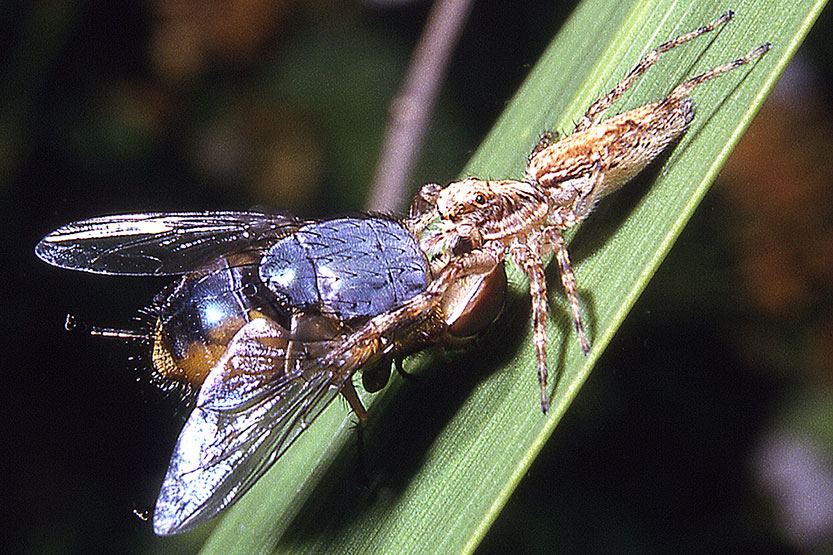
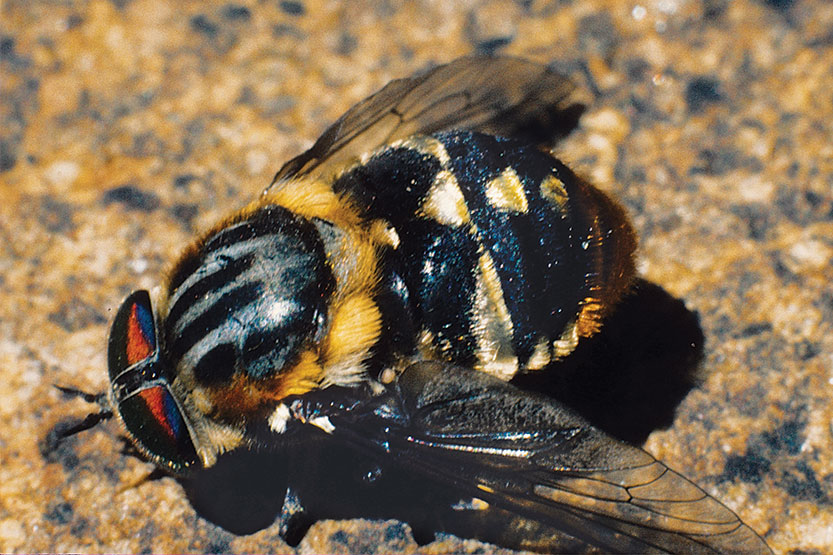
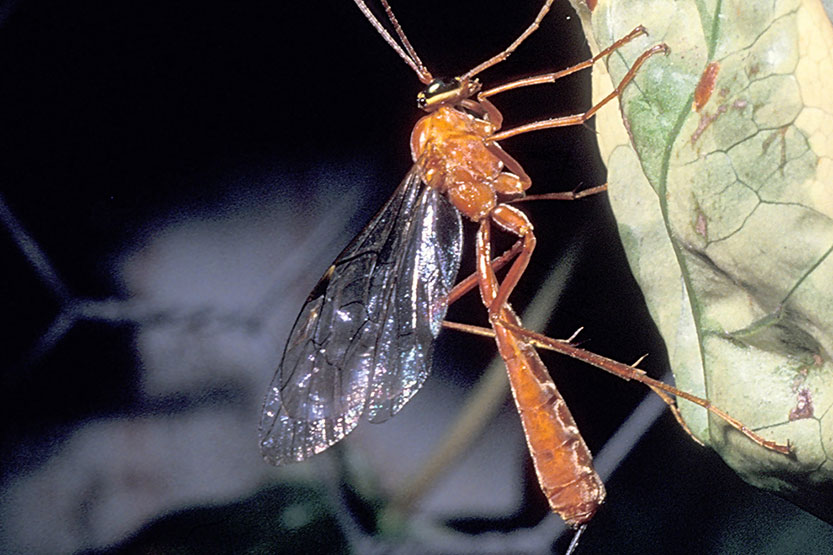
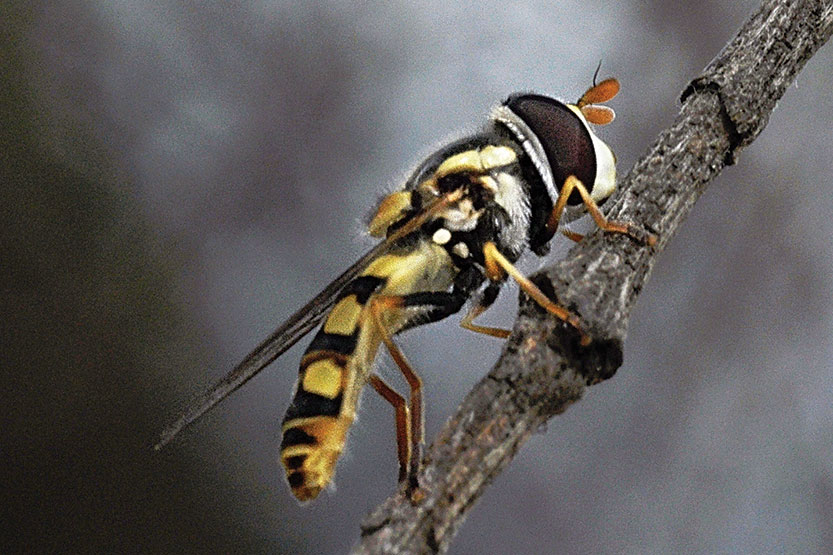

 Download the Latest Edition
Download the Latest Edition